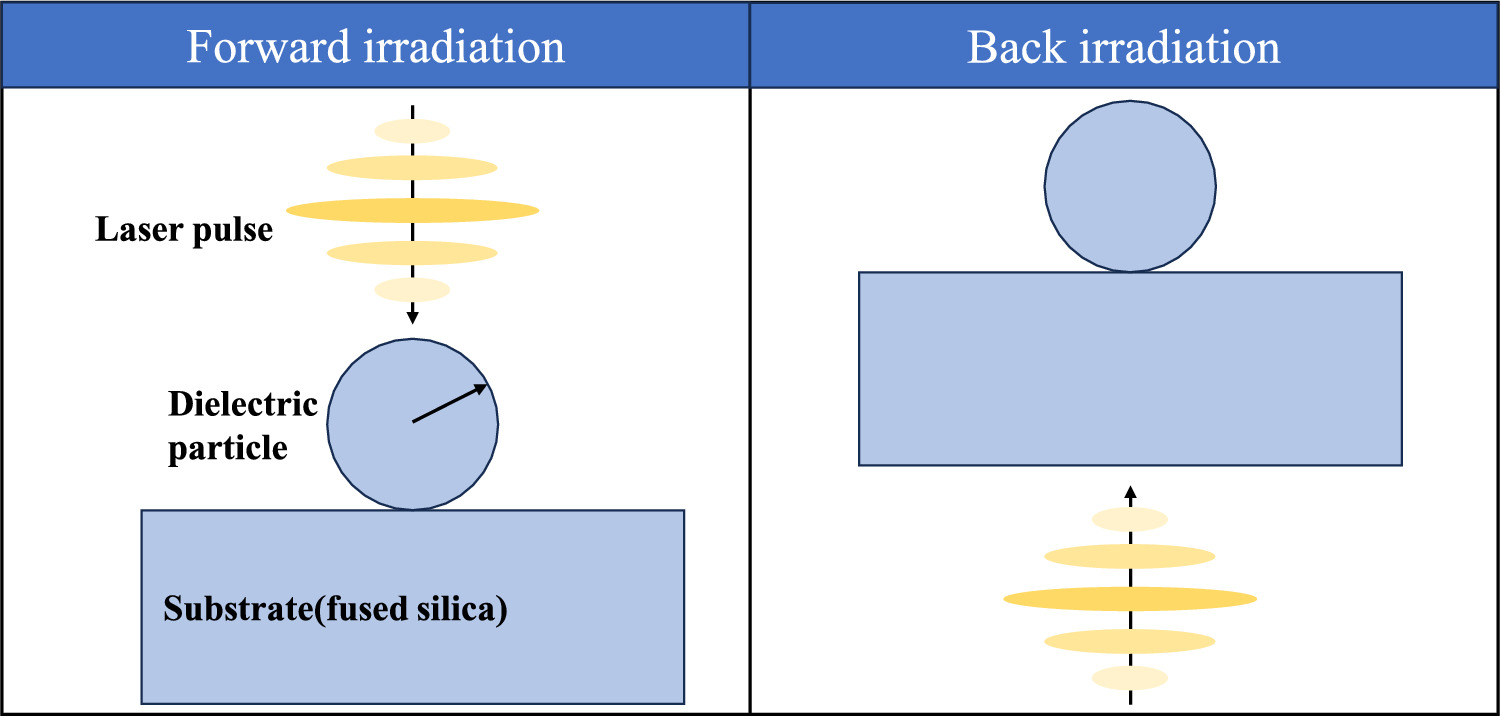https://doi.org/10.1140/epjd/s10053-024-00817-7
Regular Article - Optical Phenomena and Photonics
Transient study on fused silica surface damage caused by dielectric particle contaminant in high-power laser system
School of Mechanical and Electronic Engineering, Nanjing Forestry University, 210042, Nanjing, China
Received:
14
October
2023
Accepted:
11
February
2024
Published online:
5
March
2024
Particle contaminants induced optical component laser surface damage limit the output power of high-power laser system. Dielectric particle contaminants are different from metal particle contaminants. In this study, the effect of particle radius, laser intensity and laser irradiation direction is investigated. The 2D transient model including photoionization, impact ionization, and refractive index modification is established to investigate the effect of dielectric particles on fused silica. The results show that when the laser irradiation direction is forward, although particle contamination produces photonic jet, the density of free electrons within particles is greater than that in fused silica. Particles will be damaged first. When the laser irradiation direction is back, the free electron density in the particle is larger than that when the laser irradiation direction is forward. The maximum free electron density in a particle is not proportional to the particle radius when the laser irradiation direction is back. The separation distance between the particles on the surface of the optical element has a significant effect on the density of free electrons in the particles.
Supplementary Information The online version contains supplementary material available at https://doi.org/10.1140/epjd/s10053-024-00817-7.
Copyright comment Springer Nature or its licensor (e.g. a society or other partner) holds exclusive rights to this article under a publishing agreement with the author(s) or other rightsholder(s); author self-archiving of the accepted manuscript version of this article is solely governed by the terms of such publishing agreement and applicable law.
© The Author(s), under exclusive licence to EDP Sciences, SIF and Springer-Verlag GmbH Germany, part of Springer Nature 2024. Springer Nature or its licensor (e.g. a society or other partner) holds exclusive rights to this article under a publishing agreement with the author(s) or other rightsholder(s); author self-archiving of the accepted manuscript version of this article is solely governed by the terms of such publishing agreement and applicable law.





